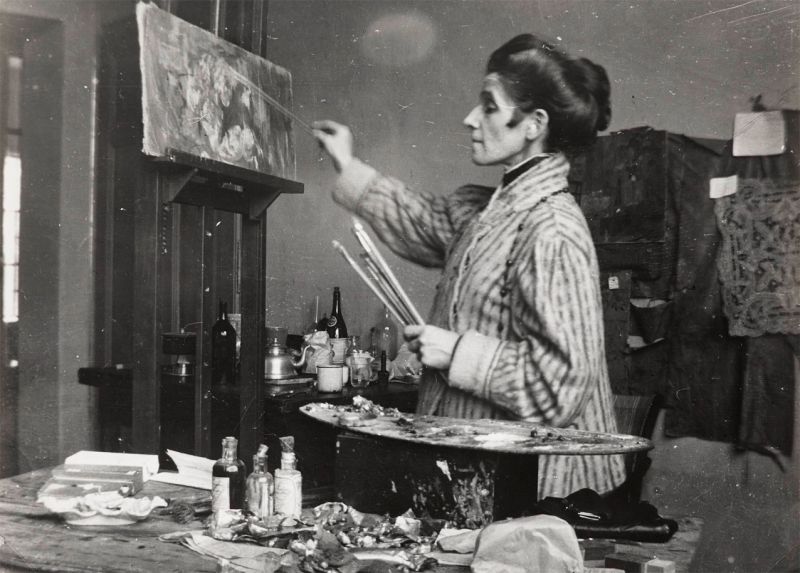Olga Boznańska. Kraków – Munich – Paris
Mediathek Sorted
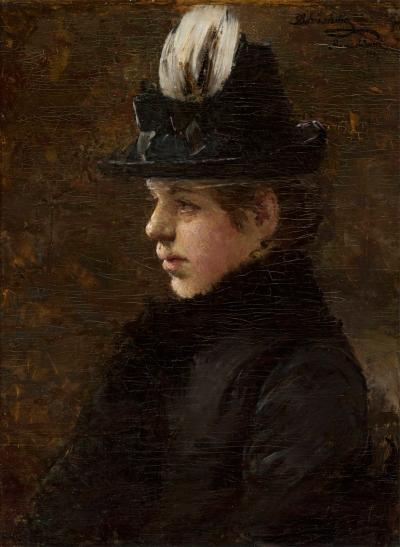
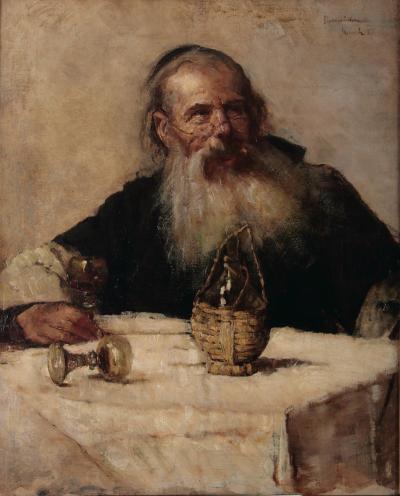
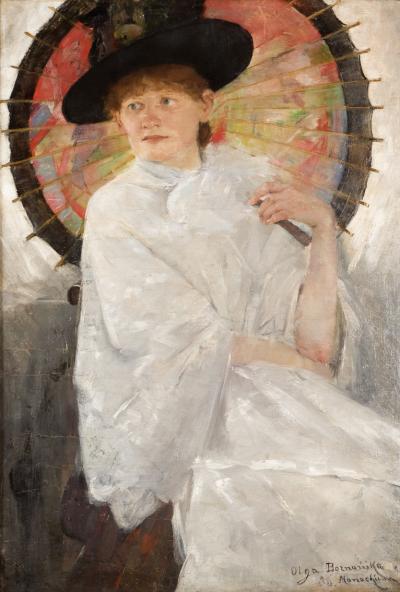
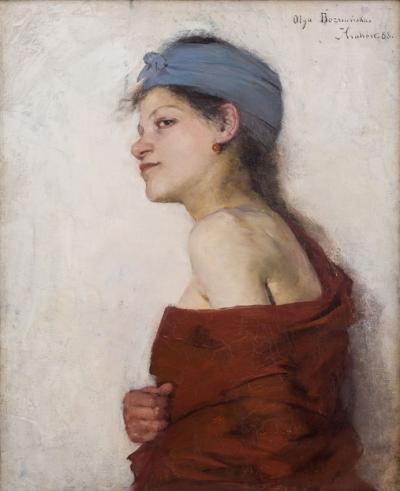
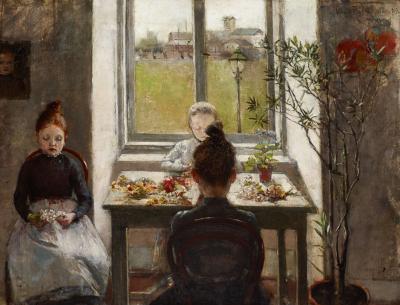
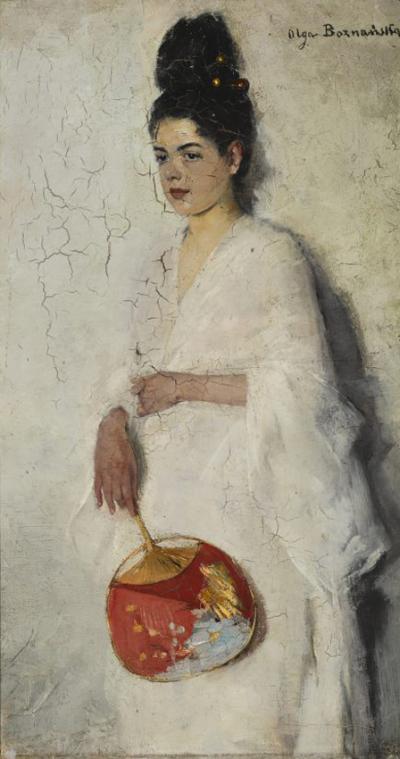

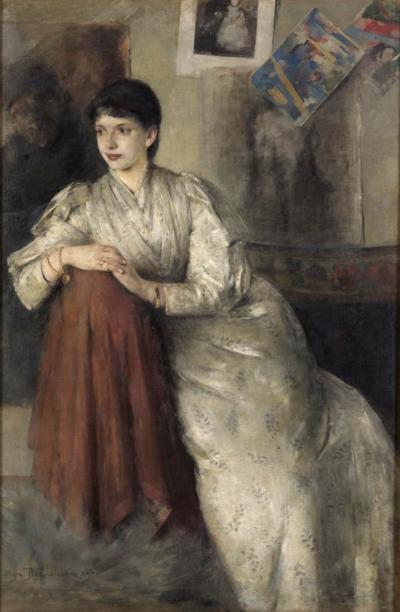
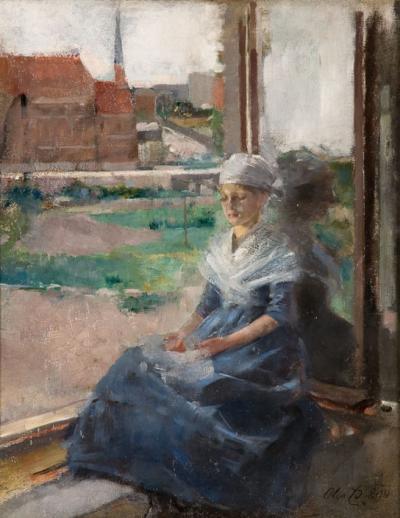
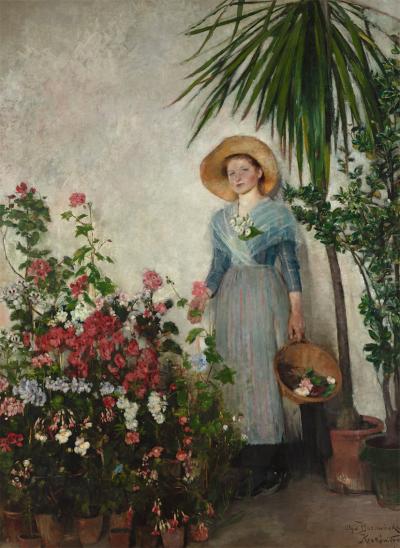
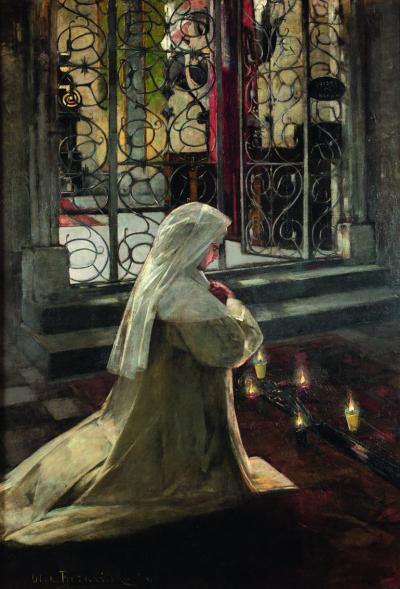
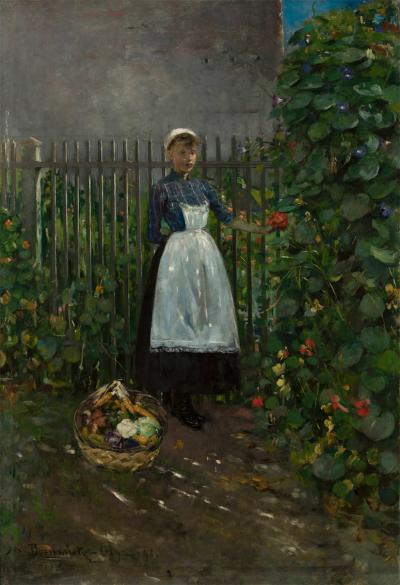
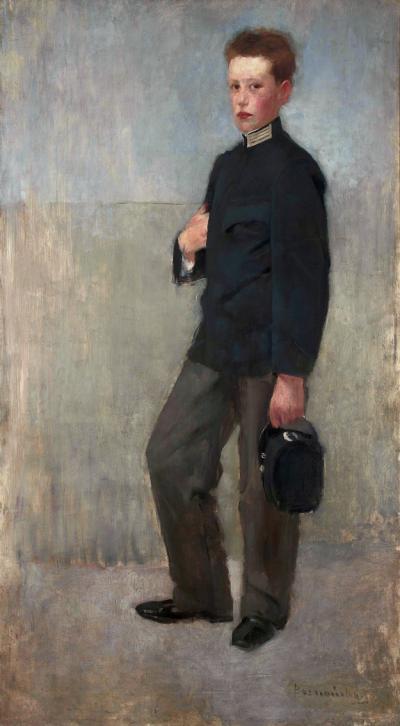
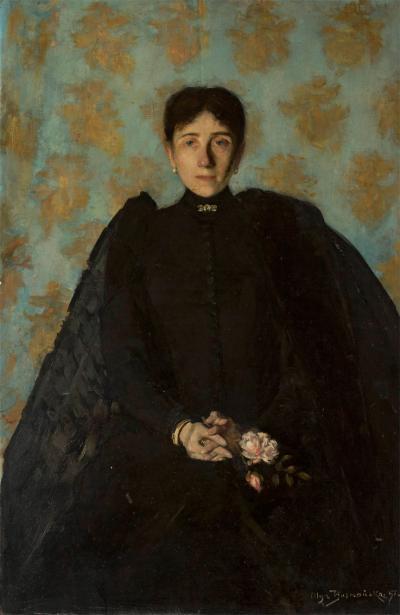
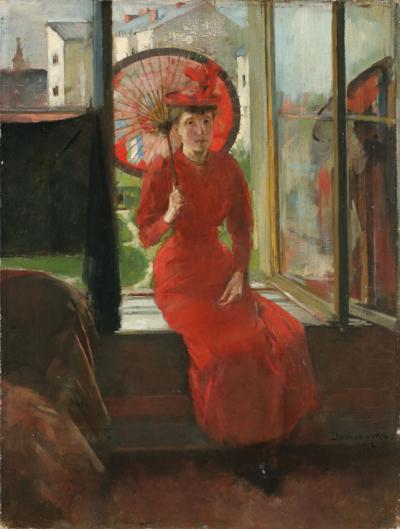
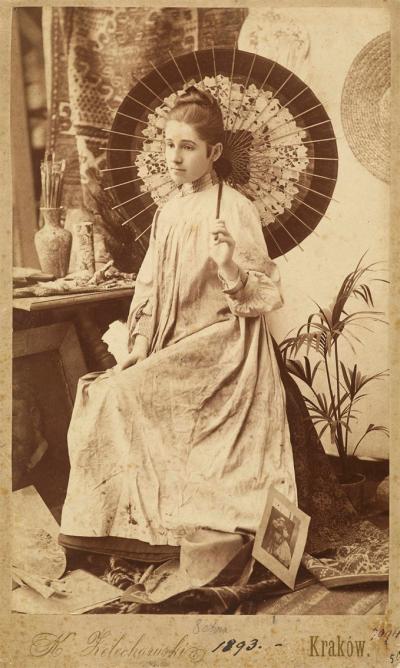
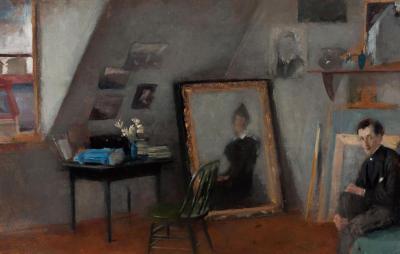
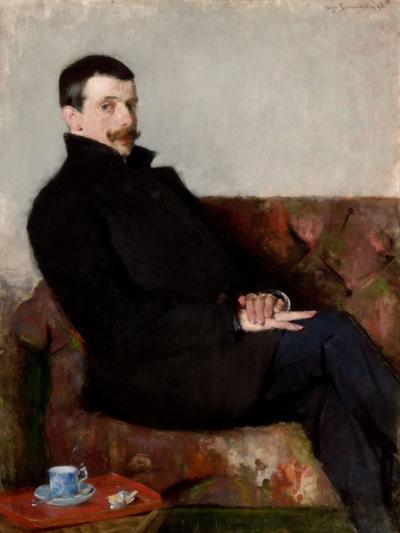
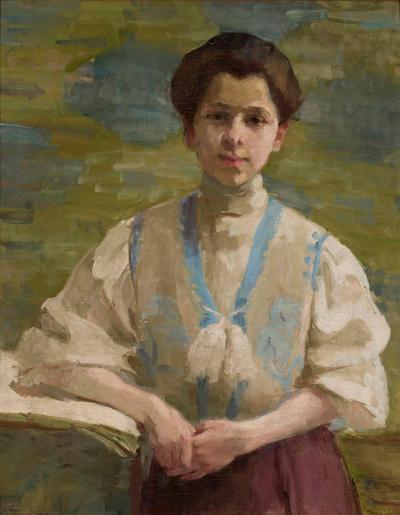
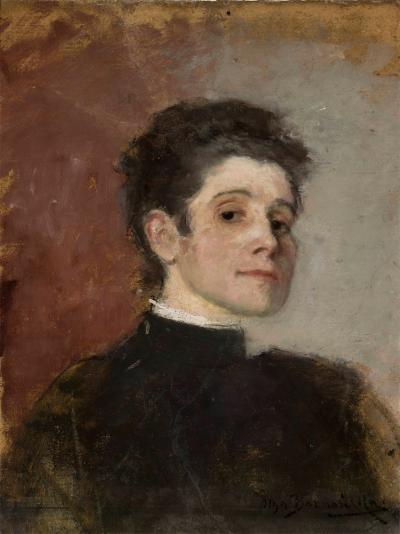
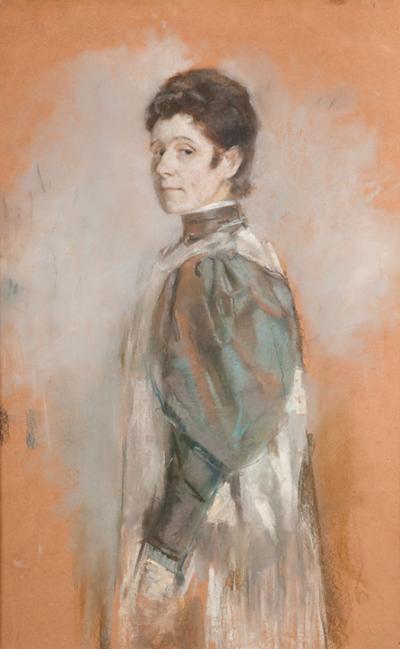
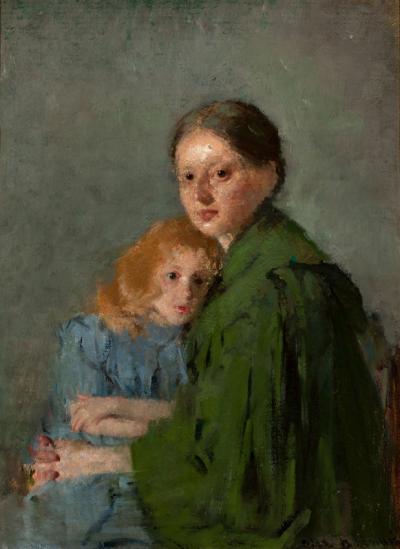
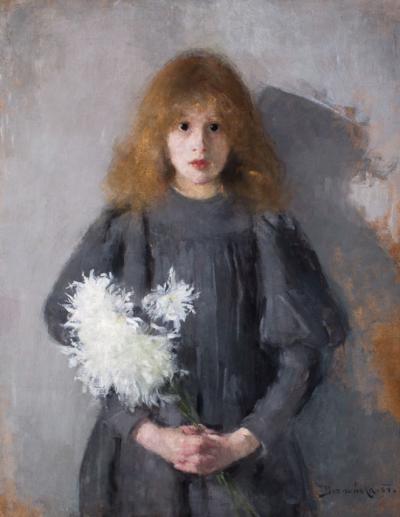
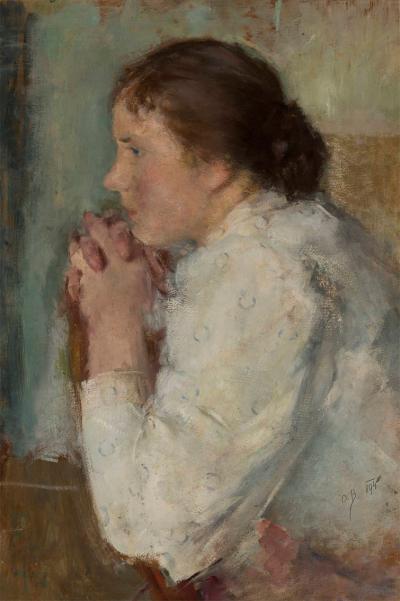
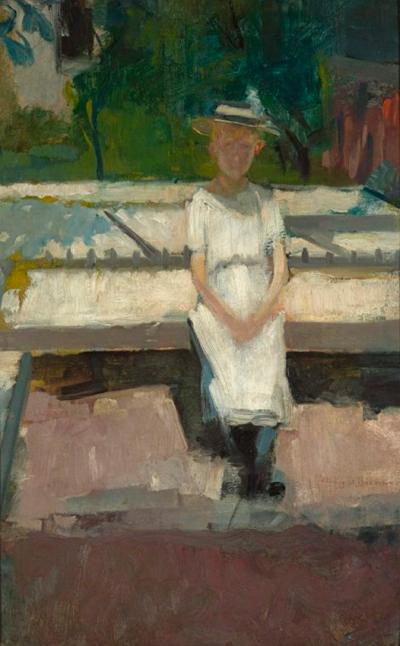
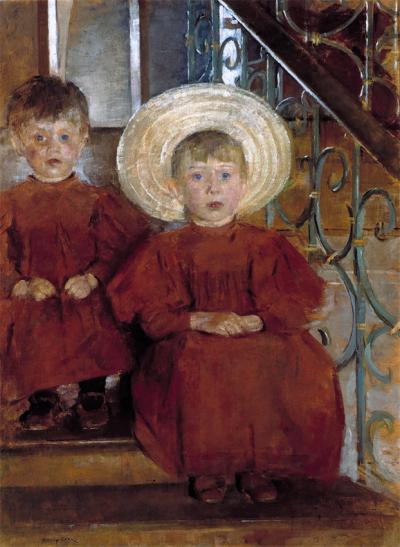

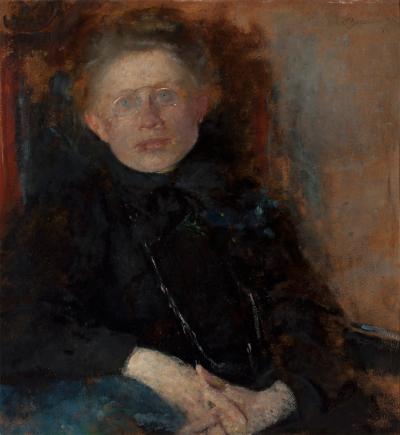
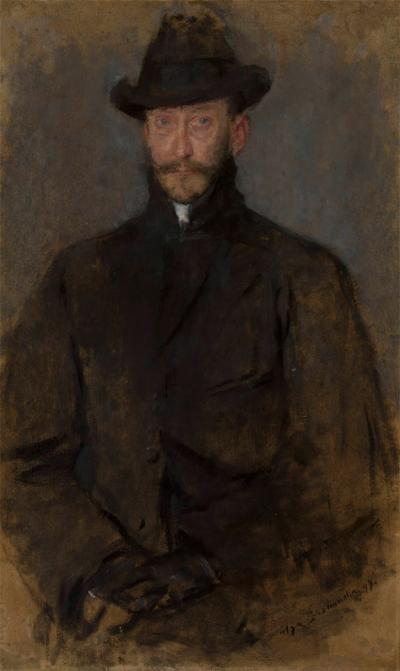
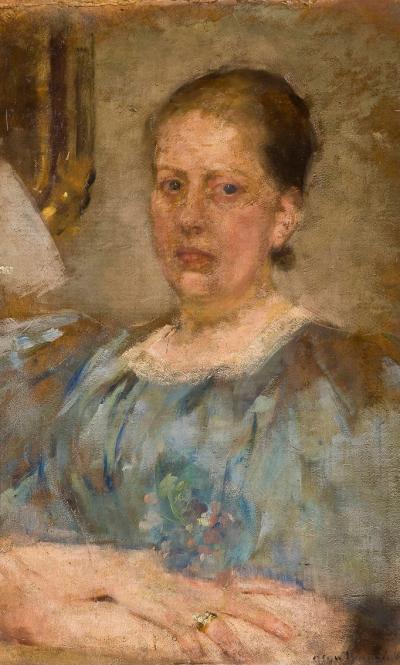
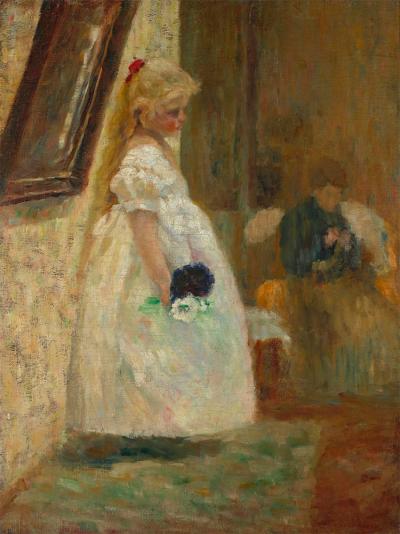

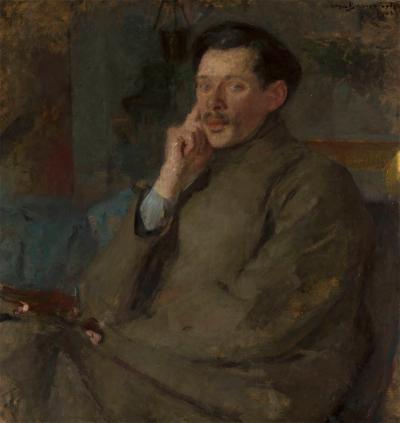
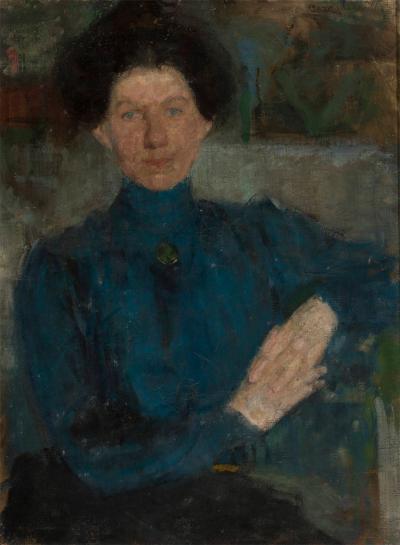
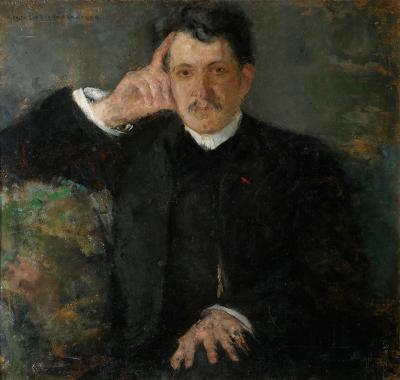
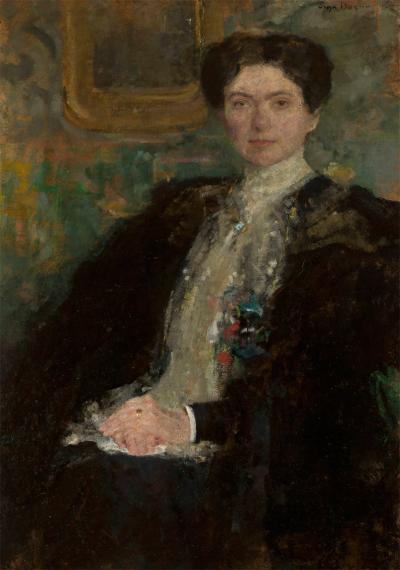
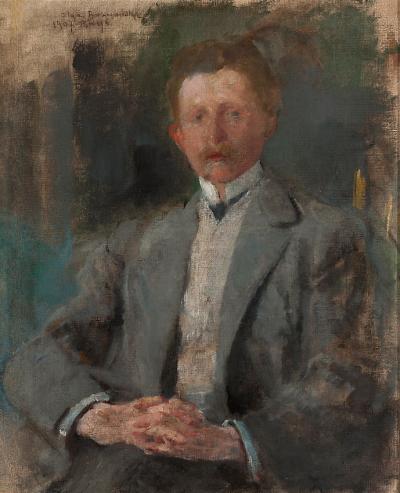
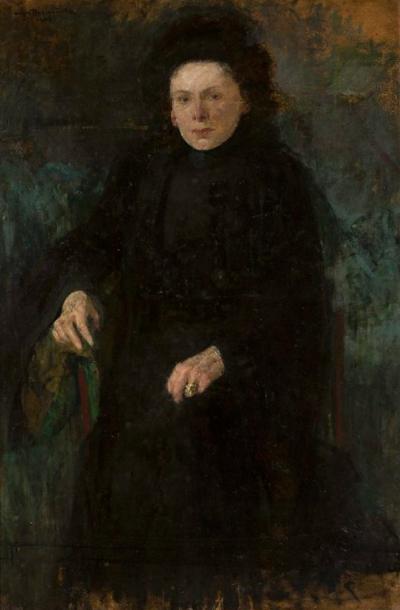
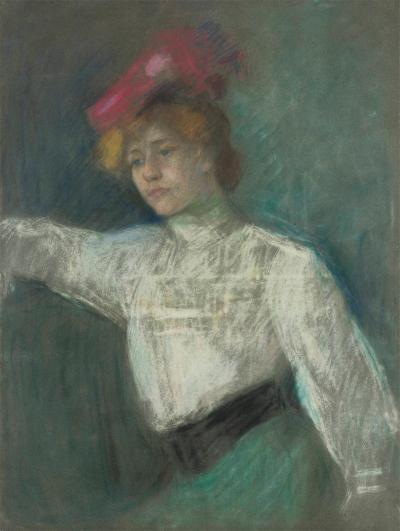
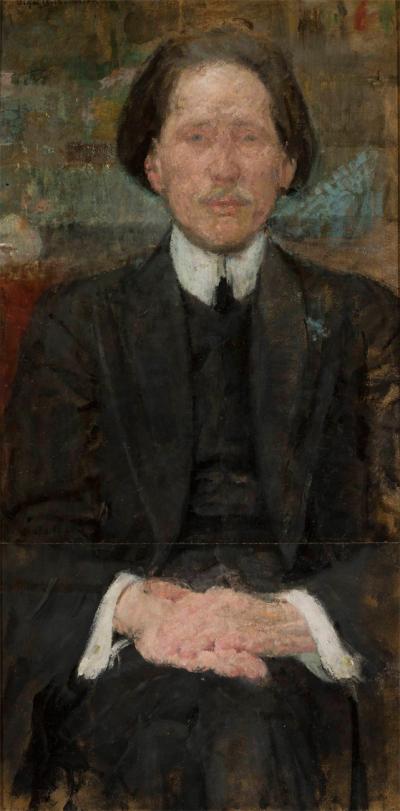


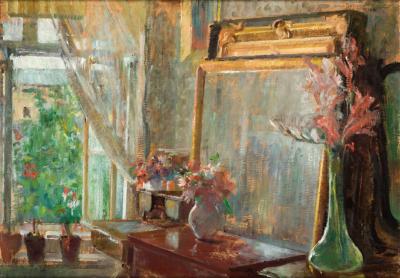
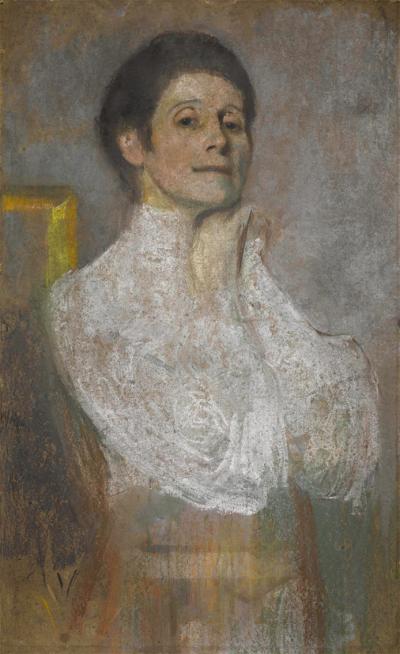
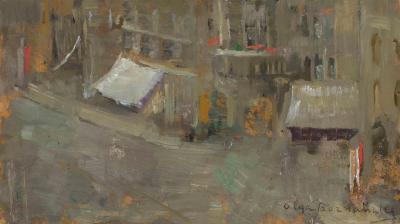
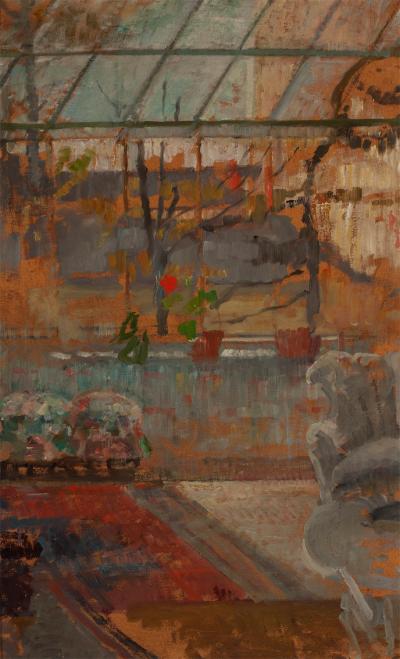
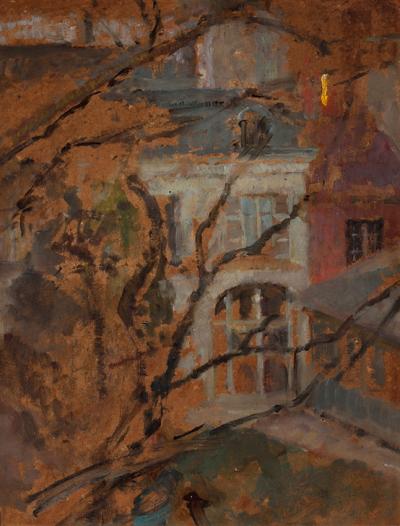
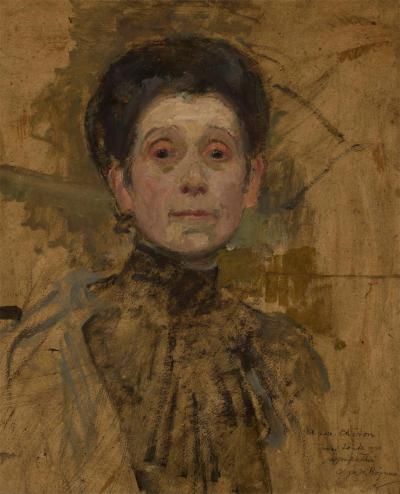
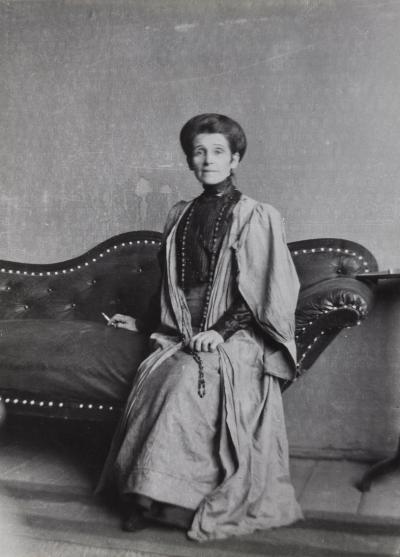
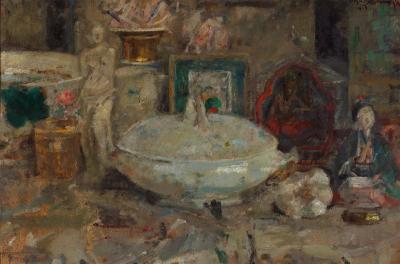
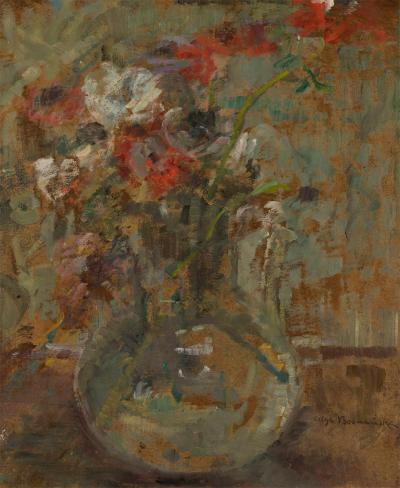
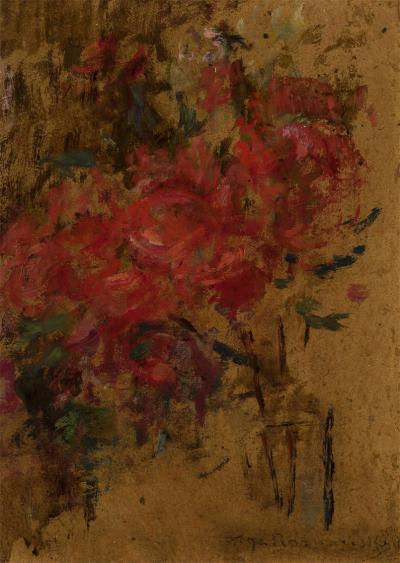
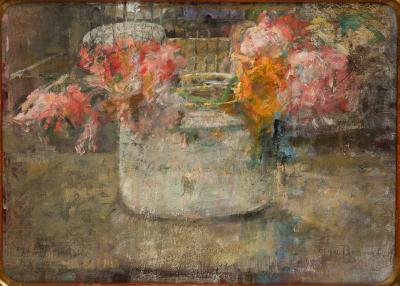

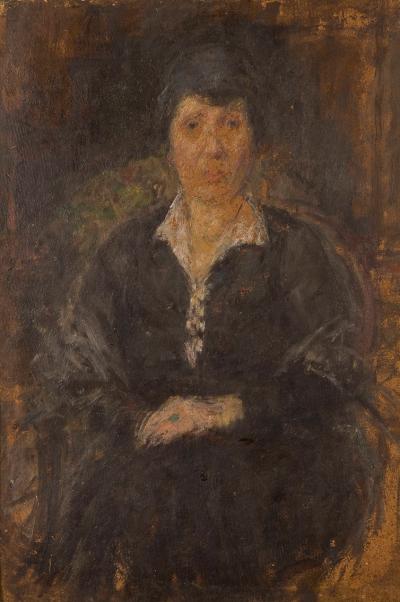
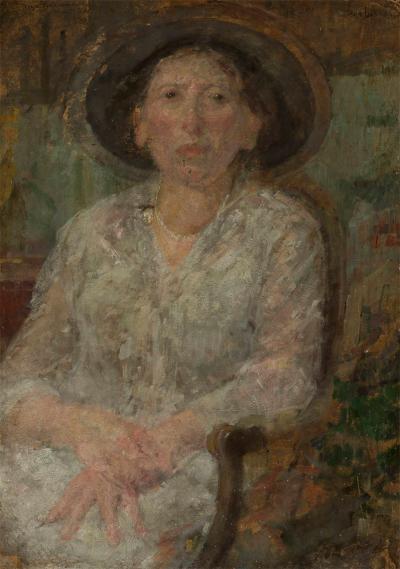
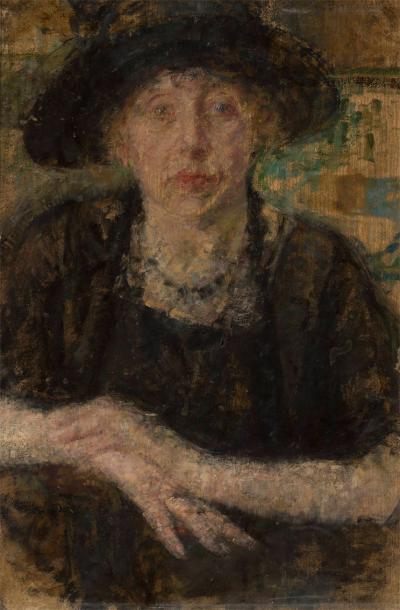
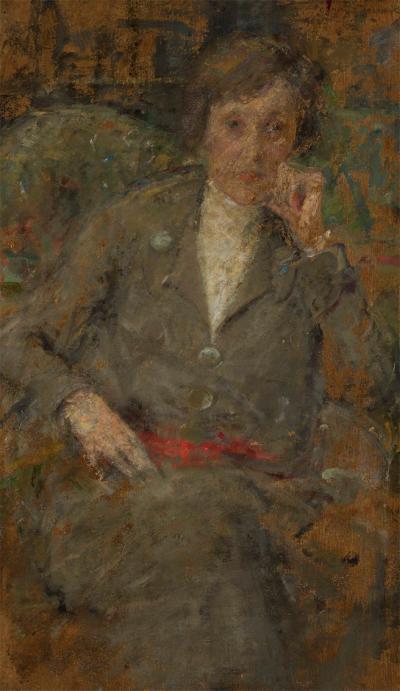
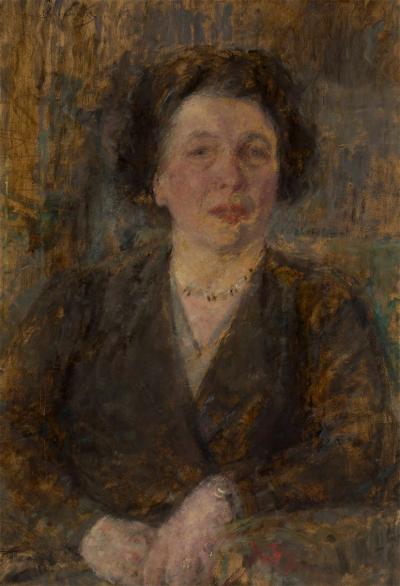
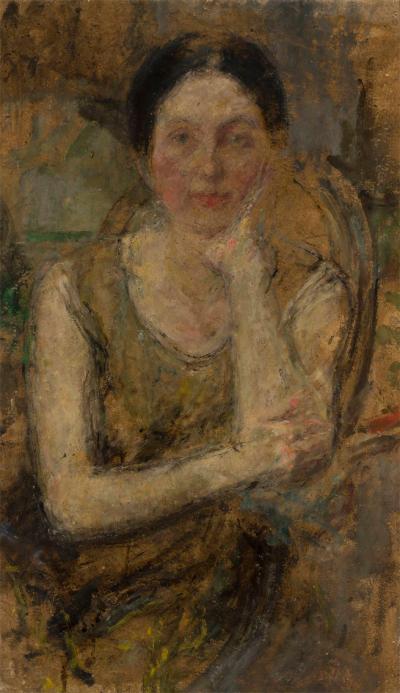


Through Thomas she got to know the influential politician and art collector, Olivier Sainsère (1852-1923) who was already a Prefect and State Chancellor, and who became Pablo Picasso’s first patron and collector in 1901. She and Iza were often guests at his house. In 1899 she painted the portraits of the married couple Sainsère, and eleven years later that of the family of their daughter and son-in-law, the doctor and later Nobel prize-winner, Charles Richet (1850-1935), one part of which are in private ownership in France and another part is known through photographs. Around this time Boznańska began to focus her painting style on the complexion of her subjects, in an impressionist manner made up of small coloured marks, with a rough outline of the figure against a background of (mostly) brownish paperboard where the colours could flow. Her impressionist tendencies could be observed at an earlier period, as in the “Study of a Woman with a Girl” (1893, Ill. 22), but now it became a constant characteristic in her paintings. In 1899 she used this style when completing her portrait of the painter, Anna Saryusz-Zaleska (Ill. 28), a school friend from her time in Kraków, and of the painter, Antoni Kamieński (1860/61-1933, Ill. 29), who lived in Warsaw but was often a guest in Paris during these years; a representative portrait of the gallery owner, Georges Thomas (private ownership)[42] and the portrait of an unknown woman in a blue blouse (Ill. 30). Sometimes more, sometimes less, she gave the impression that her subject was somewhat withdrawn and enclosed in a mist of paint. French art critics have linked this phenomenon with Eugène Carriere (1849-1906), who was a close friend of Mordant. But Boznańska decisively rejected this. She saw herself as having a greater affinity to Édouard Vuillard (1868-1940), whom she never got to know personally, but who moved around with Pankiewicz, on whose works she was not so keen.[43]
She continued to paint children’s pictures; the impressionist, brightly coloured painting, “Grandmother’s Name Day” (ca. 1900, Ill. 31); then the misty portrait of a “Nanny” holding a small child on her arm (1899, National Museum in Breslau/Muzeum Narodowe we Wrocławiu); a painting entitled “Motherhood” showing a young woman with her baby (1902, private ownership); the twin portrait of an older girl and a boy (1907, State Art Gallery in Lviv), and finally the completely pink misty portrait of two girls (1906, Ill. 32), whose colour is due to its being painted over by Alfons Karpiński (1875-1961). His later wife, Władysława, can be seen on the right of the picture.
But portraits remained her main area of work. She painted a huge number of portraits of members of the Polish community in Paris, which comprised around 6,000 people at the time,[44] or of Poles, often famous personalities who were in Paris for professional reasons. These included the teacher and literary historian, Dr. Antoni Marian Kurpiel-Łękawski, who received a grant between 1899 and 1900 to study at the Polish Academy of Arts and Sciences in Paris (Regional Museum in Rzeszów/Muzeum Okręgowe w Rzeszowie); the biologist and professor, Jan Danysz (1860-1928; 1901, private ownership), the Kraków architect, Franciszek Mączyński (1874-1947; 1902, Ill. 33), who studied at the Paris Academy of Art; and the teacher, translator and social activist, Janina Dygat (1873-1941), the daughter of a Polish émigré, whose portrait was purchased from the artist by the French state for the Musée du Luxembourg in 1903, and which later arrived in the Musée d'Orsay via the Louvre.[45] In 1903 she made a portrait of the painter, Maria Koźniewska-Kalinowska (1875-1968, Ill. 34), who had just begun her studies in Paris at the Académie Colarossi, and who also took painting lessons from Boznańska; between 1904 and 1905 she completed portraits of Samuel Hirszenberg (Staatliche Kunstgalerie, Lviv), the pianist and student of Chopin, August Radwan (1867-1958, Ill. 35), and of the teacher and social activist, Zofia Kirkor-Kiedroń (1872-1952, Ill. 36); in 1907 she made a portrait of the art collector, Jasieński (National Museum in Kraków/Muzeum Narodowe w Krakowie), the Kraków sculptor, Ludwig Puget (1877-1942, Ill. 37), who was studying in Paris at the Académie de la Grande Chaumière at the time; and a portrait of the Lemberg painter, Maria Bauer-Papara (1883-1933, Ill. 38), one of her Boznańska’s friends.
[42] Illustration in: Exhibition cat. Olga Boznańska, Kraków 2014, page 67
[43] Ewa Bobrowska: Olga Boznańska and Her Artistic Friendships, in: Exhibition cat. Olga Boznańska, Kraków 2014, pages 82-85
[44] Ewa Bobrowska: Paris of Her Dreams, in: Exhibition cat. Olga Boznańska, Kraków 2014, page 53
[45] Portrait of a Young Woman, 1903. Oil on paperboard, 82.5 x 60.2 cm, signed: Olga Boznańska 1903, Musée d'Orsay, Paris, Inv. no. RF 1980 72; online: http://www.musee-orsay.fr/en/collections/index-of-works/notice.html?no_cache=1&nnumid=016577&cHash=cf8a5f44b4 ; as “Portrait of Miss Dygat” in the exhibition cat. Olga Boznańska, Kraków 2014, no. III, 37





















































































